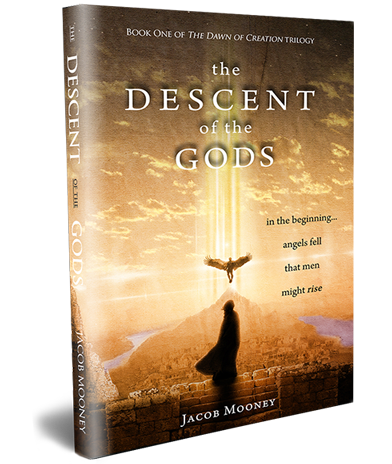Biblical scholar Robert Furrow explores the enigmatic ‘sons of God’ and the Nephilim in Genesis 6:1-4. Presenting both the angelic and the descendants of Cain theories, Furrow leans towards celestial involvement. Here’s an in-depth look at his analysis.
Introduction
In Genesis 6:1-4, we encounter a perplexing account of the ‘sons of God’ seeing the ‘daughters of men,’ marrying them, and producing offspring known as the Nephilim. Robert Furrow, founder of Calvary Tucson Church and the Practical Christian Living Foundation, offers insights into this passage, exploring two main interpretations that have persisted over centuries.
The Nephilim as Angels
Furrow delves into the possibility that the ‘sons of God’ were fallen angels who intermingled with human women. This interpretation finds support in several biblical passages. For instance, in Job 1:6 and Job 2:1, the ‘sons of God’ are clearly referred to as angels. These passages depict these celestial beings presenting themselves before God, with Lucifer among them.
Furthermore, Job 38:6-7 describes the ‘sons of God’ existing before the creation of the world, adding credence to their angelic nature. This interpretation aligns with ancient Jewish texts, such as the Book of Enoch, which elaborates on the narrative of fallen angels mingling with humans and producing giants.
“Now we also get some help from different passages in the Bible. First of all, that these sons of God were angels. In Job 1:6 and in Job 2:1, sons of God are called angels, and the sons of God were numbered before God, and Lucifer was numbered among them. We even have Lucifer here being called a son of God. And then in Job 38:6-7, it says, ‘Where were you when the foundations of the world were laid, and all the morning stars sang together, and the sons of God shouted for joy?’”.
The Nephilim as Descendants of Cain
Contrastingly, Furrow also explores the theory that the ‘sons of God’ were descendants of Cain who married the daughters of Seth. This interpretation suggests a human lineage perspective, where the ungodly line of Cain intermarried with the godly line of Seth. The offspring of these unions were the Nephilim, who were known for their great size and strength.
Numbers 13:33 provides an example where the Nephilim are depicted as giants, causing fear among the Israelites scouting the land of Canaan. This passage, along with others, portrays the Nephilim as formidable and terrifying figures, which fits the description of giants rather than mere ‘mighty men.’
Furrow’s Stand
While Furrow presents both theories, he leans towards the interpretation that the ‘sons of God’ were indeed fallen angels. He acknowledges the strangeness of this idea but notes that the Bible contains many mysterious elements. Furrow highlights that angels, if they stray from their ordained place, are subject to divine restraint, implying that some angels have indeed disobeyed God.
“I lean towards it being angels, as strange as that sounds, but I know this, that if angels do not keep their proper place, God is going to lock them up, and you and I have been given power over the enemy. Jesus said, ‘Behold, I give you power to trample on serpents and scorpions and over all the power of the enemy, and nothing will by any means hurt you.’ What a great promise for us.”
Furrow points to passages in the New Testament, such as Jude 6 and 1 Peter 3:19-20, which mention disobedient spirits and angels being bound for their transgressions. These references support the idea that the ‘sons of God’ could be fallen angels who were punished for their disobedience.
Final Thoughts
Robert Furrow acknowledges the various interpretations of the Nephilim. However, after analyzing different biblical passages and other ancient texts, he leans towards the angelic interpretation. This perspective offers a compelling explanation for the enigmatic figures described in Genesis 6:1-4.
As we traverse the complexities of this passage, it becomes evident that scholars, both ancient and modern, continue to grapple with its meaning. The enduring questions surrounding this narrative inspire dedicated efforts to uncover the truth, separating fact from fiction. Efforts like those from Furrow and other scholars contribute to a more profound understanding of the Nephilim phenomenon.
Watch Robert Furrow’s full commentary entitled “A Strange passage, Who Were The Sons of God in Genesis Six? | Genesis 6:1-4” on Youtube.







